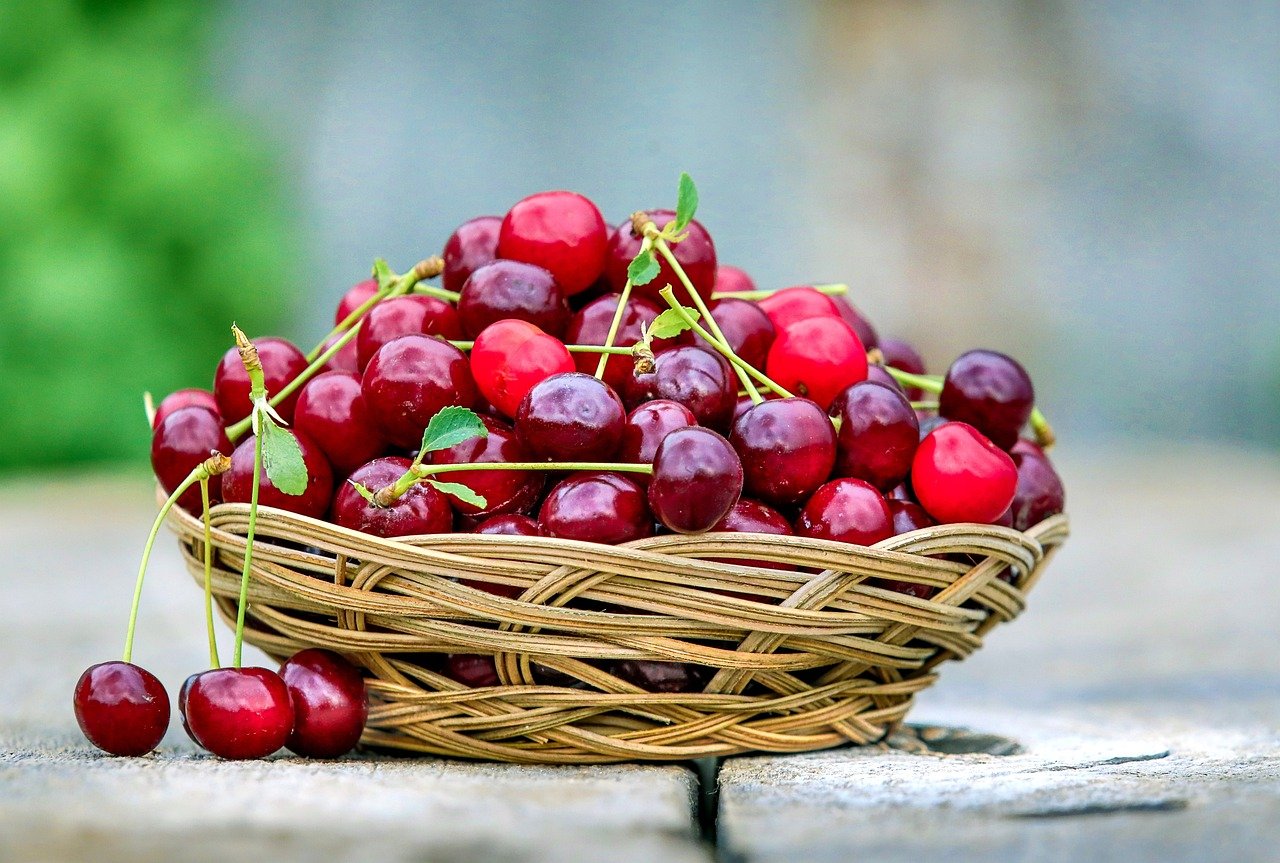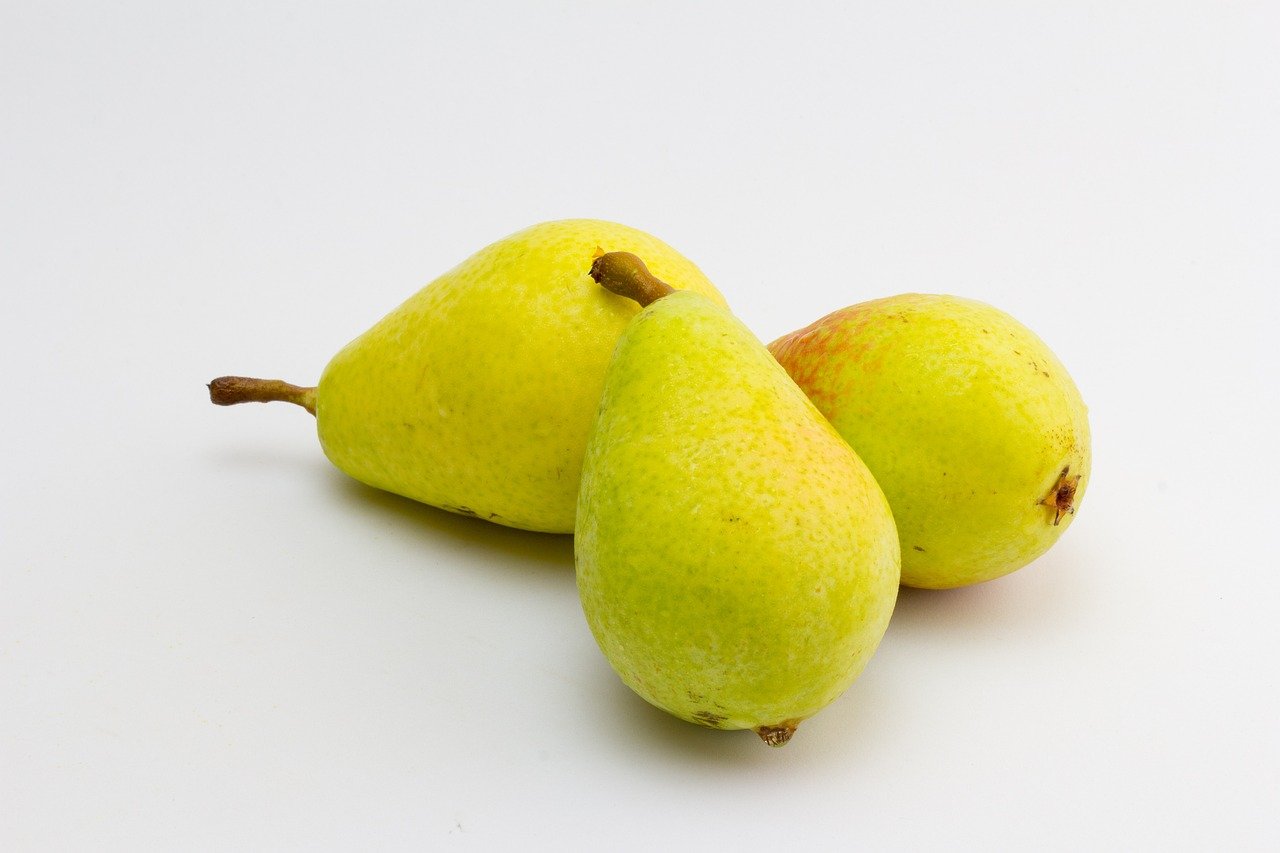Grapes: Nutritional Composition and Health Benefits
Introduction Grapes are a significant horticultural crop with a rich history dating back to ancient times. Originating in the North-Western Himalayas, they have spread to North America, Europe, India, and Persia. Grapes thrive in various climatic conditions, requiring a hot and dry climate with optimum temperature (15–40°C) and rainfall (50–60 cm). They are propagated using … Read more







